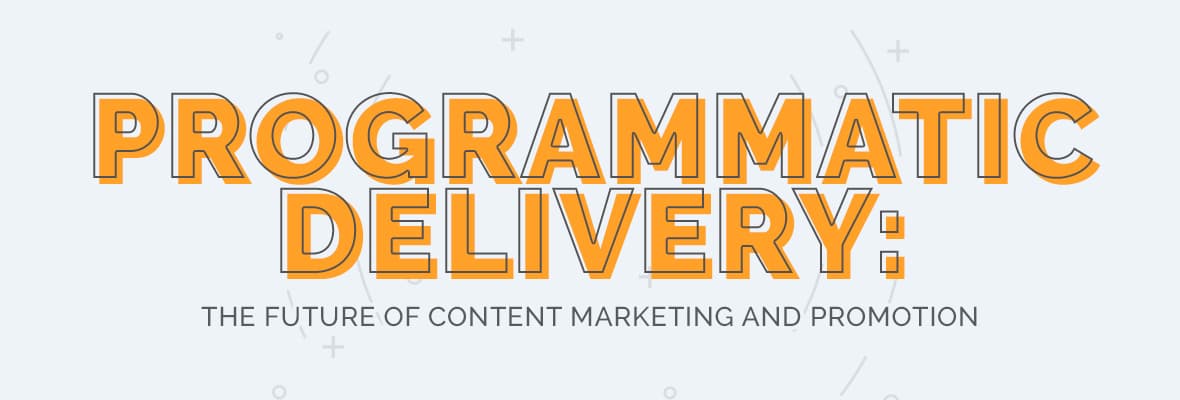Before you can dream of kicking off a successful Sponsored search campaign (eg. Google Adwords, Yahoo! Search Marketing, etc.) you need to understand who your client is, what he/she represents, and the goals they wish to achieve. A set process needs to be formed to understand their business and the expectations of you as their SEM coordinator.
Who's wearing the pants in your Sponsored search campaign?
As an Internet marketer, your prior knowledge and expert opinion must influence the ad campaign so that it achieves the goals established with the client; this can only be done by dominating the campaign's execution and aligning your client's view with your own.
This involves careful education of client ROIs from prior ad campaigns, regular communication, and building trust with your client through a strong and confident character.
Are you talking to the big bad wolf?
We've all heard the horror stories - link farms, affiliate networks, directory spam submissions, etc. Clients are willing to embark upon to make a buck, and who can blame them? Hell, if you haven't dealt with one it'll happen sooner than later!
If your client has previously run sponsored search campaigns, just be sure to evaluate the existing Quality Score of the ad campaign before your work; this can be a vital indicator to satisfy your client's final expectations as you reach your campaign goal.
Identify the service/product your client provides
This activity is simple enough--I might even drop into list form for this one:
- What are their key business activities?
- Which product/service are they focused on improving through Sponsored search?
- What is their absolute (after daily ad spend and resources) budget?
- How many landing pages will they be deploying to track conversions?
- Do they want a third-person view (Google Adwords with Google Analytics integration) of the campaign?
Client expectations and the effect Sponsored search will have on their business
Clear tangible results are the only way to expect a long-term ad campaign. If the client ever doubts your abilities or performance of your campaign, you can be sure they're thinking they could do it better.
Regular reporting of key campaign-specific statistics and outcomes is a must. Be sure to outline resources and efforts invested to get their campaign to the point it now is at. There is nothing worse than building a successful ad campaign, only to see the client later take control and destroy any hope of a resurrection.
About the author: Michael Visser is a teen web monkey preaching Internet standards, site development and search engine marketing on his site at michaelvisser.com.au. He also loves SEOmoz.org and still desperately wants a free Premium account! :)
This YouMoz entry was submitted by one of our community members. The author’s views are entirely their own (excluding an unlikely case of hypnosis) and may not reflect the views of Moz.






Comments
Please keep your comments TAGFEE by following the community etiquette
Comments are closed. Got a burning question? Head to our Q&A section to start a new conversation.